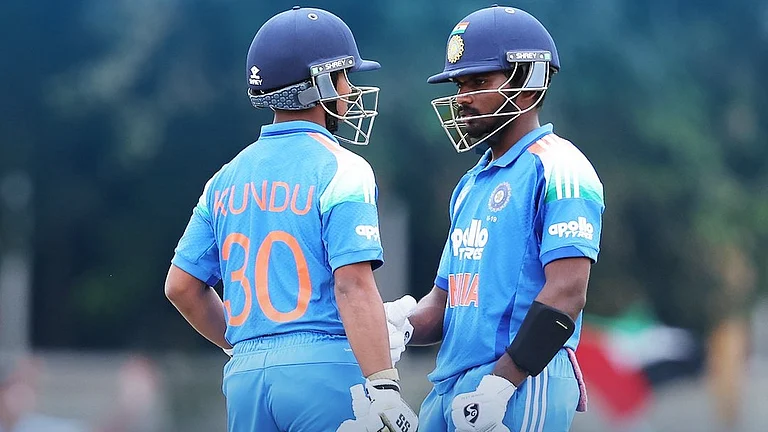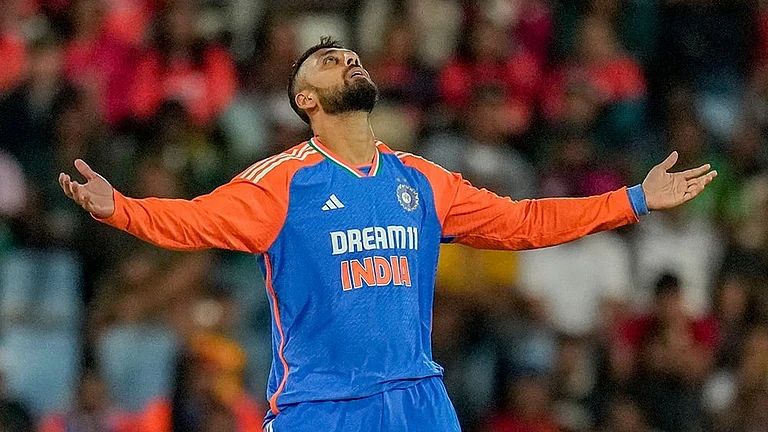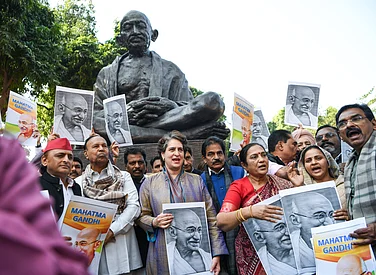Ladakh region witnessed mixed reaction on August 5, 2019, when Article 370 was abrogated and the erstwhile state of Jammu and Kashmir was divided into two Union Territories of Jammu and Kashmir and Ladakh.
In Kargil, people realised promptly that a huge political avalanche had struck the erstwhile state of Jammu and Kashmir and that it would have consequences beyond the Valley’s borders and that regions like Kargil and Leh will have more impact than the Valley. There was confusion, resentment, and concern in Kargil. Ironically, Leh witnessed huge celebrations over Ladakh being declared as a separate UT. So much so that Leh city was well decorated.
However, people in Leh soon started feeling that they needed some safeguards for their identity and small demography. Many students visited Northeast regions to collect information about the safeguards for the tribal population. Slowly, the demand for the Sixth Schedule came to the fore and everyone started talking about it.
It is amid these impassioned debates around the Sixth Schedule of the Indian Constitution that the Leh Apex Body was formed. The Leh Apex Body was formed with the support of all religious, political, and social organisations. Even the Bharatiya Janata Party (BJP) became part of the Leh Apex Body. Unusually, all political and religious bodies of Leh district unanimously decided to boycott hill council elections over the demand of the Sixth Schedule. That’s why during the Ladakh Autonomous Hill Development Council (LAHDC), Leh elections, the Sixth Schedule was part of the BJP’s manifesto. The interesting part was that the ruling BJP was also part of this declaration of boycott resolution.
In May 2020, the then-CEC Ladakh Autonomous Hill Development Council Leh staged a protest in front of the Lieutenant Governor office over the delay in bringing stranded passengers back. This protest was the beginning and it also gave a sense of new apprehensions about whether the current councils are out of power or powerless or disempowered. The protest had a deep impact on Ladakh’s polity.
In those days in Kargil, debates, discussions, and political dialogue within the society were taking place passionately. Then came the first anniversary of Article 370 abrogation. Kargil decided to observe it as a black day. In the subsequent deliberations, the Kargil Democratic Alliance (KDA) was formed. This alliance got support from all major political, religious, social, and student organisations. This was one of the historic decisions that Kargil society saw after a long time. Sometimes, we tend to throw words like “historic” just for the sake of it. But I must tell you that it was a really historic moment for Kargil in a real sense.
Speaking purely politically, many other historic events started taking shape in the region which no one had even imagined could happen.
In September 2020, a boycott call against the Hill Council Leh polls was given by the Leh Apex Body. They were called by Union Home Minister Amit Shah. The Home Minister told them to bring Kargil leaders together. The LAB body started an engagement with KDA. During the same time, the People’s Alliance of Gupkar Declaration (PAGD) visited Kargil and met with the KDA members at the Circuit House. The KDA leadership told the PAGD that KDA has decided to fight for statehood if the pre-August 5, 2019 status is not to be restored in Jammu and Kashmir.
The KDA was also called by MHA led by the then Minister of State GK Reddy. The 11-member delegation told MHA that they opposed the abrogation of Article 370. They also demanded statehood for Ladakh in the meeting that lasted for over three hours.
The LAB and the KDA also had this realisation that the time was running out and that it was high time to come together and set a common agenda. This finally happened.
On 1 August 2020, the Leh LAB and KDA held a meeting at the Grand Dragon hotel Leh. The historic meeting that lasted for five hours concluded with agreement on the four-point common agenda: statehood for Ladakh, constitutional safeguards under the sixth schedule, early recruitment and job protection, and also separate Lok Sabha seats for both Kargil and Leh.
The unity was welcomed by all the groups. Even during that meeting, the Chief Executive Councillor Leh and the Chief Executive Council Kargil were present. They both appreciated the decision taken by LAB and the KDA.
In August 2021, the new MoS Home Nityanand Rai visited Leh and during his visit, he called all political and religious organisations for a meeting. Following it, the LAB and the KDA called for Ladakh Bandh. Reviewing his earlier decision, Rai agreed to have a meeting with the LAB and the KDA. This time the Ladakhi leadership jointly met MoS Home and he promised to establish a high-powered committee.
On January 2, the MHA constituted a high-powered committee chaired by the Minister of State for Home Nityanand Rai for the Union Territory of Ladakh. The committee, the MHA said, will discuss measures to protect the region’s unique culture and language, taking into consideration its geographical location and strategic importance; ensure the protection of land and employment for the people of Ladakh; strategies for inclusive development and discuss issues related to the empowerment of the Ladakh Autonomous Hill District Councils of Leh and Kargil.
On January 6, 2023, in a significant decision, the twin bodies of Ladakh, representing Leh and Kargil, decided to boycott the High Powered Committee (HPC) till the inclusion of the four-point agenda in the discussion.
The Leh Apex Body and the KDA leadership met in Jammu. They sought the inclusion of the four-point agenda for the meeting. They also objected to the arbitrary way in which the MHA had invited different leaders for the talks. During the meeting, both KDA and LAB decided to hold protests in Jammu and Delhi. But they insisted they are not against the talks but they said the demands raised by them have to be on the table for the discussion.
In mid-January, climate activist Sonam Wangchuk announced his climate fast, initially demanding for Ladakh to be in the Sixth Schedule of the Constitution. Later, he also said there was nothing wrong with the demand for statehood for Ladakh. Wangchuk has indeed given more strength to the movement started by the LAB and KDA. Both the bodies have decided to take forward the protest in 2023-24.
We urge the government to take the conciliatory path. The Ladakh region is strategically very important and it doesn’t need to be even mentioned as everyone understands it.
After the bifurcation of the erstwhile state of Jammu and Kashmir, it is the bureaucracy that has sway in Ladakh and even Hill Councils have been reduced to footnotes. I must say that a sense of disempowerment is running deep in Ladakh. There is a deep sense across Ladakh that they were better off in the erstwhile state of J&K. Ladakhis have come together for a common cause. They also understand that they are most vulnerable to the political decision of August 5, 2019, as protections under Article 370 and Article 35A have gone away and they need fresh Constitutional protections. It is time for the government to initiate dialogue with Ladakhi leadership.
(Sajjad Kargili is a political activist and a member of the Kargil Democratic Alliance. He also contested the Ladakh Lok Sabha elections in 2019. He can be reached out at Sajjad.kargil@gmail.com.)





















